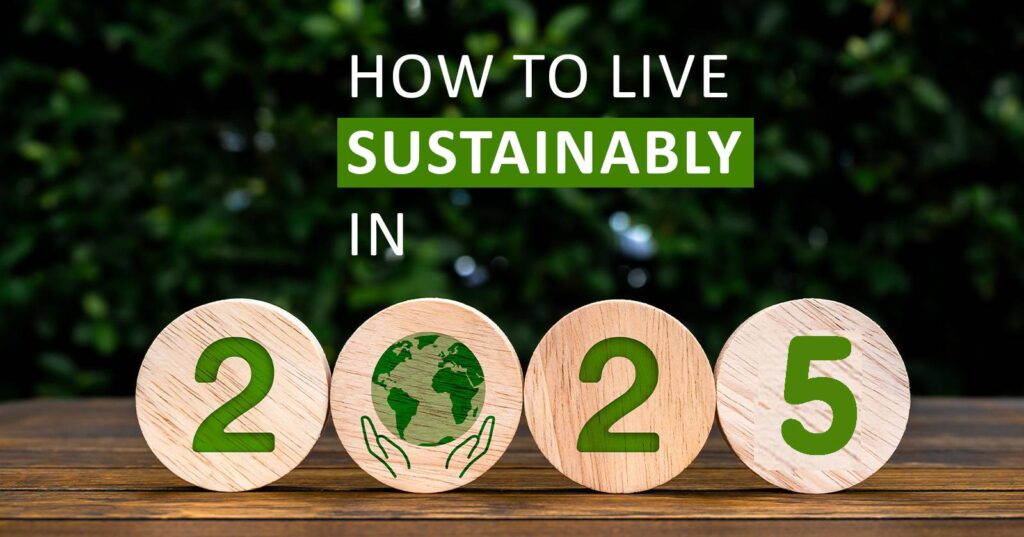In today’s world, understanding and reducing our carbon footprint has become very important. A carbon footprint is the total amount of greenhouse gas emissions, especially carbon dioxide (CO2), released directly or indirectly by an individual, organization, event, or product.
A carbon footprint measures the total greenhouse gas emissions, mainly CO2, caused by human activities. It shows how much our actions affect the environment and contribute to global warming and climate change.
The main sources of carbon emissions or CO2 emissions, include burning fossil fuels for energy, deforestation, industrial processes, and transportation.
Categorizing Carbon Emissions
Scope 1, Scope 2, and Scope 3 are categories used in the Greenhouse Gas (GHG) Protocol to classify and measure different types of carbon emissions. These scopes help organizations and individuals understand the sources and impacts of their greenhouse gas emissions.
Scope 1, 2, and 3 Carbon Emissions Explained
Scope 1 Emissions:
Definition: Scope 1 emissions refer to direct greenhouse gas emissions that come from sources that are owned or controlled by the reporting entity.
Examples: This includes emissions from on-site combustion of fossil fuels, such as those from company-owned vehicles, industrial processes, and heating.
Scope 2 Emissions:
Definition: Scope 2 emissions involve indirect greenhouse gas emissions resulting from the generation of purchased energy, such as electricity or heat.
Examples: This includes emissions from the production of electricity or heat that an organization purchases from an external source, like a power utility. While the organization does not directly control these emissions, they are a consequence of its energy consumption.
Scope 3 Emissions:
Definition: Scope 3 emissions are a broader category covering all other indirect emissions that occur in the value chain of the reporting entity, including both upstream and downstream activities.
Examples: Scope 3 emissions encompass a wide range of activities, such as the extraction, production, and transportation of purchased materials, business travel, employee commuting, and the use and disposal of products. These emissions are often considered more challenging to measure and control, as they extend beyond the immediate control of the organization.
In summary, Scope 1 deals with direct emissions from owned or controlled sources, Scope 2 addresses indirect emissions from purchased energy, and Scope 3 includes all other indirect emissions along the value chain. Analyzing and addressing all three scopes is essential for a comprehensive understanding and management of an entity’s carbon footprint.
Strategies for Reducing the Carbon Footprint:
- Energy Efficiency: Choose energy-efficient appliances, employ LED bulbs, and ensure proper insulation in homes or offices to curtail energy consumption.
- Renewable Energy: Transitioning to renewable sources like solar or wind power can substantially diminish carbon emissions.
- Sustainable Transportation: Opt for public transport, carpooling, biking, or walking to reduce the carbon impact of daily commuting. Consider electric or hybrid vehicles if feasible.
- Carbon Offsets: Invest in programs offsetting unavoidable emissions, supporting projects that either reduce or capture an equivalent amount of CO2 from the atmosphere.
- Sustainable Diet: Adopt a plant-based diet to lower the carbon footprint associated with food production.
- Waste Reduction: Practice the three Rs – reduce, reuse, and recycle. Minimize single-use plastics, compost organic waste, and dispose of electronics responsibly.
- Conscious Consumerism: Make informed choices when purchasing products, considering a product’s lifecycle, production methods, and transportation impact.
Life Cycle Assessment (LCA) of Product: Understanding the carbon footprint of products is crucial for informed and sustainable decision-making. This process entails a comprehensive examination of emissions associated with every stage, from manufacturing and transportation to eventual disposal. To make environmentally conscious choices, seek products with eco-friendly certifications and labels, signifying a commitment to minimizing their overall environmental impact.
Koshish Sustainable Solutions: At Koshish Sustainable Solutions, we specialize in guiding businesses and individuals toward a more sustainable future by reducing their carbon footprint.
Our dedicated carbon management consultancy service provides personalized strategies for analyzing, minimizing, and offsetting carbon emissions effectively. Our experienced team offers comprehensive assessments and actionable plans to mitigate environmental impact. Choosing Koshish ensures access to cutting-edge solutions aligned with eco-friendly practices.
Conclusion
Reducing our carbon footprint is a shared responsibility demanding both individual and collective efforts. Through conscious choices and support for sustainable practices, we can contribute to a healthier planet and a more sustainable future. Embracing a low-carbon lifestyle not only benefits the environment but also lays the foundation for a more sustainable and resilient global community.
Frequently Asked Questions (FAQs)
Question: What does a carbon footprint mean?
Answer: A carbon footprint is the total amount of greenhouse gases we produce through our daily activities, like using electricity, driving, or buying products. It shows how much we contribute to climate change. The amount is usually measured in carbon dioxide (CO2) or its equivalent.
Question: How can we reduce our carbon footprint?
Answer: To reduce your carbon footprint, use renewable energy and water, avoid wasting food, and choose eco-friendly habits. You can switch to clean energy, prefer organic foods, use public transport, and buy only what you really need.
Question: What is a Greenhouse Gas?
Answer: A greenhouse gas is a gas in the air that traps heat and warms the Earth. This is called the greenhouse effect. Common greenhouse gases include carbon dioxide, methane, nitrous oxide, and some industrial gases.
Question: What are Scope 1, 2, and 3 emissions?
Answer:
- Scope 1: Direct emissions from things you own or control (like company vehicles or machines)
- Scope 2: Indirect emissions from electricity or energy you buy and use.
- Scope 3: Other indirect emissions from your supply chain, travel, or the products you use.
Question: Why should businesses care about their carbon footprint?
Answer: Reducing emissions helps businesses save money, meet climate rules, enhance their brand image, and build a better future.








